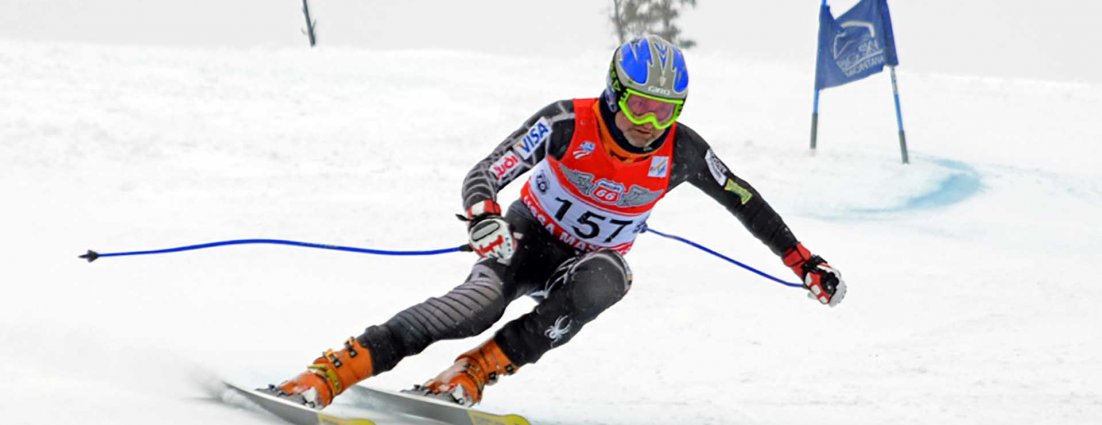Hey Coaches, Practice What You Preach
01.25.2017 | Ski Racing Staff

By Lisa Densmore Ballard
Last year, I traveled to Chile to ski off the summer cobwebs and compete in the opening International Ski Federation (FIS) Masters Cup races of the 2016-17 season. On the first day of the annual Skinner camp at Valle Nevado, I was put in a training group with Anna Goodman as our coach. I was able to focus on my own skiing as I’m usually the coach when I’m on a ski slope. As a bonus, I had Goodman, a 30-year-old former member of the Canadian World Cup team, not only watching my turns but also demonstrating for me.
From an athlete’s point of view, what an ideal training situation! I got the verbal input reinforced by an inspiring visual example. From a coach’s perspective, it confirmed my long-standing opinion that the most effective coaches need to be participants in our sport, at least now and again. The U.S. Ski Coaches Association (USSCA) thinks so too, and now rewards certified coaches with 0.25 credits toward their continuing education requirement if they step into the starting gate of a USSA-sanctioned race, and Masters events count. (Coaches need to earn one credit every two years to maintain certification.) If you're racing NASTAR for fun, and don't have an interest in coaching certifications, that's okay too! But for now, keep reading, maybe you'll learn something for a friend!
Hey coaches, if keeping up one’s certification doesn’t persuade you to practice what you preach, here are five more reasons to enter a Masters race this winter:
- Stay current in the sport. There’s nothing like first-hand experience to keep you up-to-date in ski racing. Not just technique and tactics. If you’re in a race rather than standing on the sidelines, you’re also more likely to get on the latest gear, figure out faster wax, and prepare physically and mentally, all key points you need to pass on to those you coach.
- Maintain/improve your skills. It’s one thing to tell an athlete how to move more quickly through the transition between turns or block a flush, but if you can show them, too – how much more powerful is that! Entering a race now and again keeps you sharp on your skis. It makes you a better demonstrator. Even if you’re a former professional ski racer, the ol’ cliché, “Use it or lose it” will eventually prove true.
- Set better courses. The more you ski courses yourself, the better you’ll be at setting them for your athletes. If you run a course, you’ll develop a keener eye for what runs well and what doesn’t, and if you’ve been setting courses for 20 years, it might give you some fresh ideas.
- Relate better to your athletes. Want to earn the respect of your athletes? Show ‘em how to crush a course. Can’t ski as fast as your athletes? Race anyway. You’ll better relate to the stresses of competition and thus more effectively coach your athletes through pre-race butterflies.
- Have fun! There are many reasons why people get into ski coaching, but most do it, at least in part, to support a local program and to stay involved in the sport. It keeps you on the hill because, well, it’s fun. And what could be more fun than having a ski trail all to yourself and going as fast as you dare?
At the end of each winter, my local ski club, the Silver Run Ski Foundation at Red Lodge Mountain, sends a survey to everyone in the program requesting feedback. One of the biggies after last season was the wish for coaches to ski more courses with their athletes to demonstrate. I used to feel a little guilty racing and coaching, but no longer. I hope Anna Goodman shares my enthusiasm for both. How cool would it be to watch her in a Masters race?